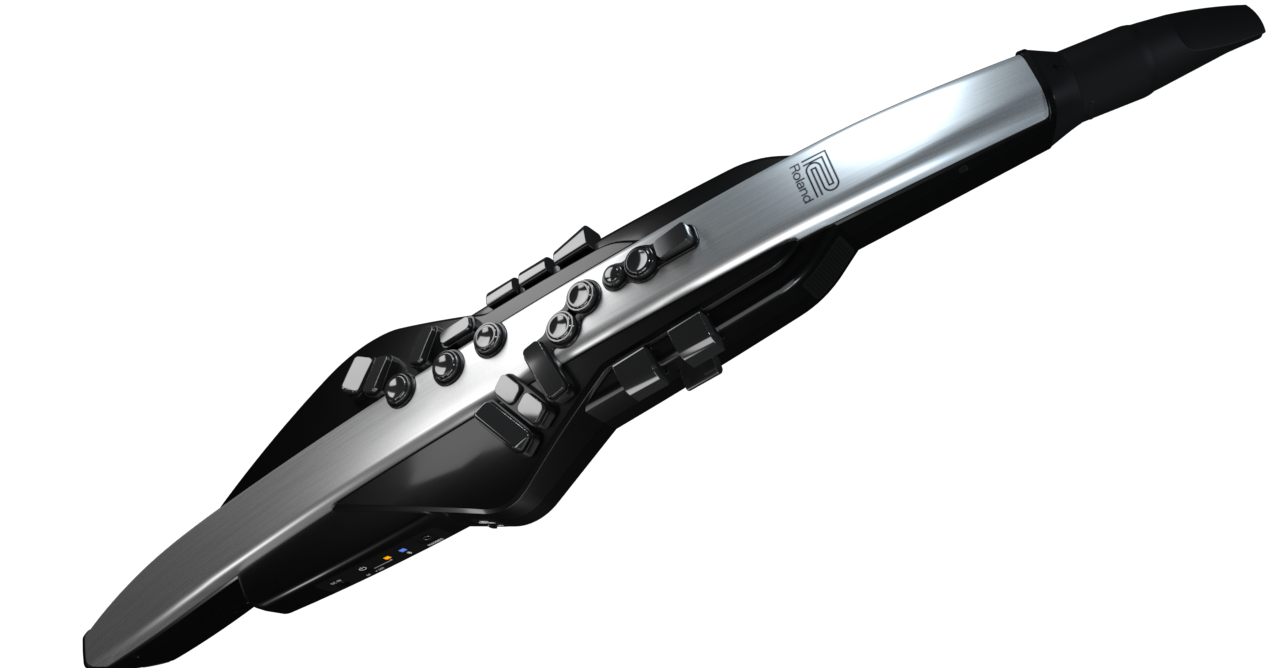I’m a long time user of wind controllers, though I’ve neglected it over the past year. As a former longtime flutist, I can tell you that the Roland Aerophone AE-10 has the most natural-feeling dynamic response. It also has the best timbre for certain saxes, trumpet, and muted trumpet. You need the Aerophone 10’s SuperNatural technology, not the Aerophone Go’s PCM sounds. Flute not so much, but as much as I love flute, I’ve always found its timbre more fatiguing than trumpet and single-reeds, I guess because its sweetness limits how much you can ingest before you tire of it. Flute not having a reed, I play the Aerophone with a fixed reed as I only use breath vibrato, i.e., amplitude vibrato. I can’t comment on how its reed feels to a sax player, but the Aerophone is designed to appeal to sax players. I like it so much I have two of them, and can play for hours without fatigue, unlike flute, and without the flute’s 50% breath waste, but sax players don’t know about that. I so convenient and playable on its own that I’ve never used it to control external stuff via MIDI, so I can’t comment about that.
I had the Yamaha WX-5/Vl-10 combo for years (with the must-have Patchman ROM upgrade), and it was almost as good, with better flute patches, but the Aerophone offers a much more convenient configuration than Yamaha’s 90’s era technology, which requires a propietary cable, no untethered play or onboard sounds so that you have to buy a sound module. Oh yeah, the Aerophone’s speakers are surprisingly useful for solo practice, untethered, on battery power.
I had an Akai EWI 5000, the wireless one. I liked it fine, as I didn’t mind the touch plate, but a lot of people hate that and need sax-like buttons. The 5000’s sounds are limited to an electronic-y palette, so very limited in sonic appeal if you’re coming from real woodwinds. I can’t remember how well it interfaces with MIDI modules, but I do remember I had to return it because it had a well-known technical flaw that totally killed the thing, and which Akai could never solve. I had to return it and was pissed and disappointed as the 5000 was convenient enough to play untethered and had a nice playability even despite the sonic mediocrity. Having lost confidence in the technology, I never replaced it.
I do have a problem with the weight of all these devices, as 1.5-2 pounds is just too much to be hanging on my thumb, which bears all the weight. Transverse flute divides the weight between two contact points, but is fatiguing because of the asymmetrical playing position. So I do have to play the Aerophone sitting down, resting it on the seat or on my lap. Perhaps the weight wouldn’t bother a sax player. But I also have a problem with the endless stream of condensation in my cramped studio’s particular configuration, which isn’t as much of an issue on flute due to so much air flow. So in the past year, I’ve gone to the Soma Pipe for oral satisfaction, but that’s a whole nother thing.
It’s too bad the Morrison Digital Trumpet never got developed, but the Eigenharp Pico is one I never got around to buying when I’d see them on eBay a few years ago. It looks very promising for breath control via MIDI, though—if they’re still available.




